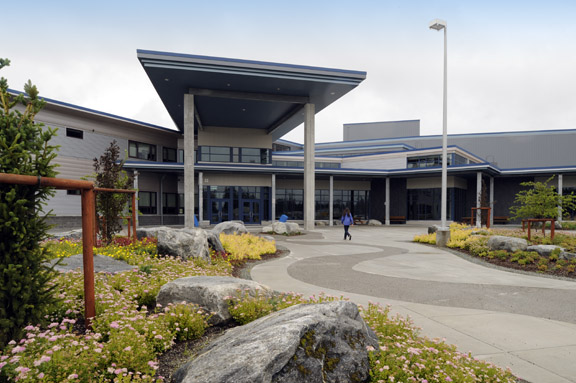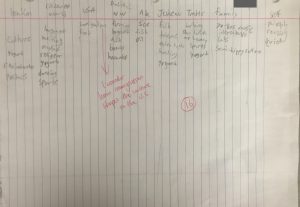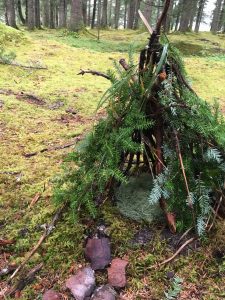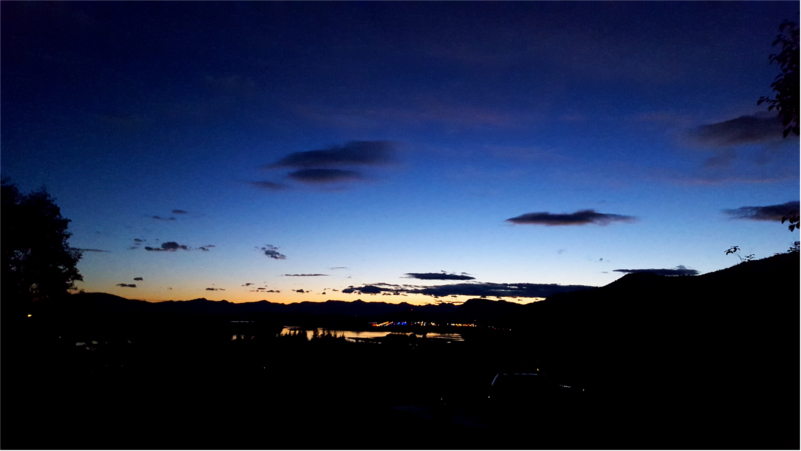In the music classroom at Riverbend Elementary, I have seen a couple examples of culturally responsive teaching in action. At Riverbend, there is a large Filipino student population, so music class is a place where Filipino culture and customs can be integrated and explored. My host teacher has taught a Filipino tongue twister game called Sagidi Sapopo as a classroom activity for the last couple weeks. This game involves saying a tongue twister while a leader performs rhythms using various types of body percussion and the rest of the group imitates. The game incorporates multiculturalism into the music classroom and teaches a valuable musical skill – canon. A canon is a compositional technique in which a melody or rhythm repeats itself in imitation after a certain duration has passed. So, my host teacher has used a multicultural activity to teach a fundamental musical skill that is present in many cultures.
In a few weeks, my host teacher plans to teach an exploratory unit on Filipino folk dance. Her students will be able to share their expertise and be leaders and teaching assistants during this unit. The class will be learning about Tinikling, a style of traditional dance in which two or more percussionists beat long bamboo poles rhythmically against the ground while dancers step and jump through the poles. When participating in this dance, the Riverbend music students will learn to rhythmize their bodies, develop a sense of inner pulse, and learn to move in time with the music.
Another way that I have seen culturally responsive teaching in the classroom is in the way that my host teacher acknowledges our students’ prior cultural knowledge that they bring with them to the classroom. Many of the music lessons in the Game Plan curriculum, which we use, involve a weekly “moving to the beat” activity. In these activities, students are expected to move their bodies in time with the music, taking a step on each beat, showing where rests are by standing still, and accenting different beats in the music using their bodies. For these activities, my host teacher always asks students to share dance moves from their own popular culture to be incorporated into the activity as a way to express rhythm.




